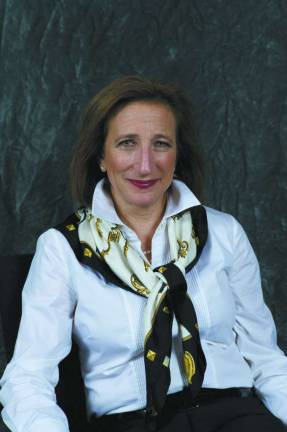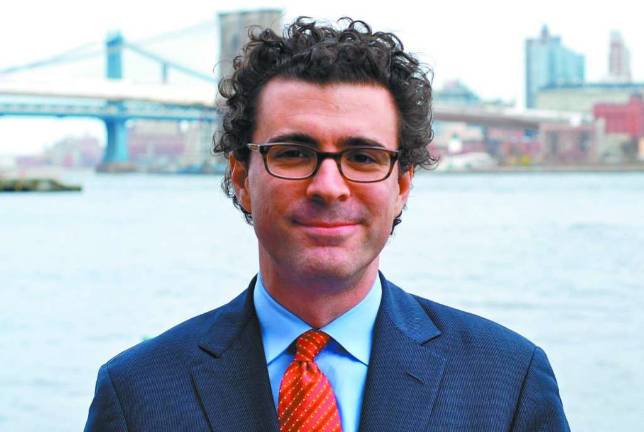Keep Libraries Open


By Jonathan Bowles and Julie Sandorf
At a time when many New Yorkers struggle to make the transition to today's knowledge economy, no institution is doing more to bridge the gap than the city's public libraries. The city's 206 branch libraries have become the go-to places for those who lack the essential literacy, language and technological skills needed to get ahead today. They are helping adults upgrade their skills and find jobs, assisting immigrants learn English, fostering reading skills in young people and providing technology access for those who don't have a computer or an Internet connection at home.
Yet, the libraries are often treated by city policymakers as if there's little more to them than children's story time. The City Council has prevented most of the proposed budget cuts from taking effect in prior years, but city funding for the libraries is still down by eight percent over the last decade. As a result, the libraries are barely open 40 hours a week, fewer than almost every major urban library system. This year, the libraries are literally fighting to keep their doors open. For a mayor who puts a premium on metrics, it's hard to rationalize the cuts. Over the past decade, the city's three public library systems have experienced a 40 percent spike in the number of people attending educational programs and a 59 percent increase in circulation.
The City Council should restore proposed budget reductions and give libraries more stability in the budget process by setting an adequate baseline level of funding. With more dependable support, they could be playing an even more pivotal role in restoring New York as a city of opportunity.
Jonathan Bowles is executive director of the Center for an Urban Future. Julie Sandorf is president of the Charles H. Revson Foundation.